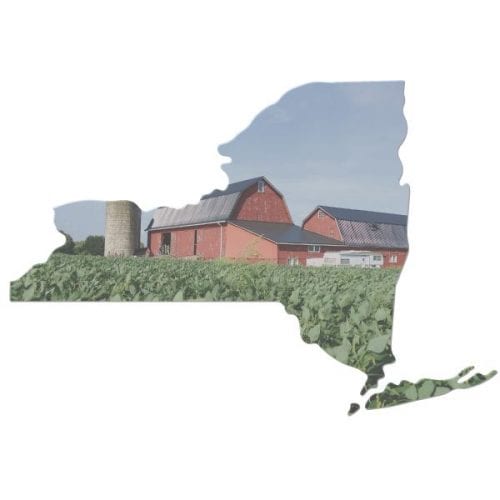
By Kitty Gifford
The Climate Leadership and Community Protection Act, legislation that sets the goal of reducing greenhouse gas emissions 85 percent by 2050, was signed on July 18, 2019, by Gov. Andrew Cuomo.
“An important aspect of this initiative is that it acknowledges the natural ‘geoengineering’ role our farms and forests can play in capturing and storing carbon in soils and trees, and thereby reduce the amount of carbon dioxide in the atmosphere,” said David W. Wolfe, Cornell professor of plant and soil ecology and co-leader of New York Soil Health. “The initiative includes many important details to ensure that any measures taken to reduce emissions or sequester carbon are verifiable, and also do not have unintended negative consequences for the environment or communities.”
The Climate Act recognizes the role farmers play in mitigating and adapting to a changing climate. In fact, in a 2018 study published in Science Advances, scientists reported that 21 “natural climate solutions,” if deployed across agricultural lands, forests, grasslands, and wetlands, could mitigate 21 percent of the United States’ net annual greenhouse gas emissions.
Cornell research support associate and New York Soil Health collaborator, Peter Woodbury, contributed to the study. Woodbury quantified how agricultural management practices, such as cover cropping, can mitigate climate change by reducing greenhouse gas emissions.
The act’s plans target reducing carbon emissions across all economic sectors, including agriculture, transportation, manufacturing, and others.
“We are pleased to see the passage of this act and look forward to further work supporting adoption of soil health management practices in New York,” said Wolfe.